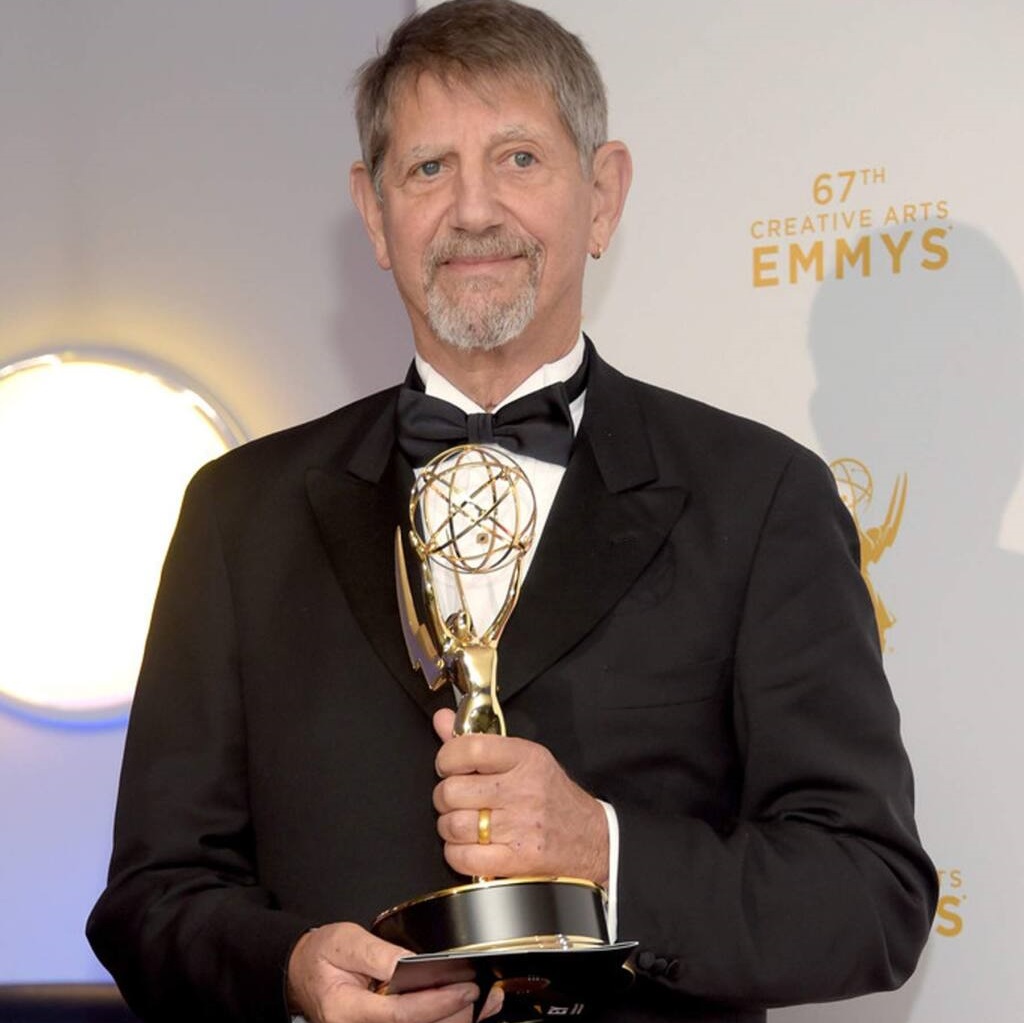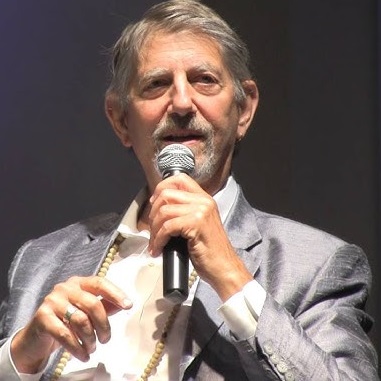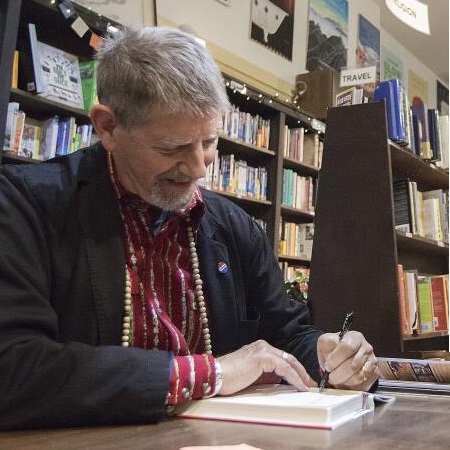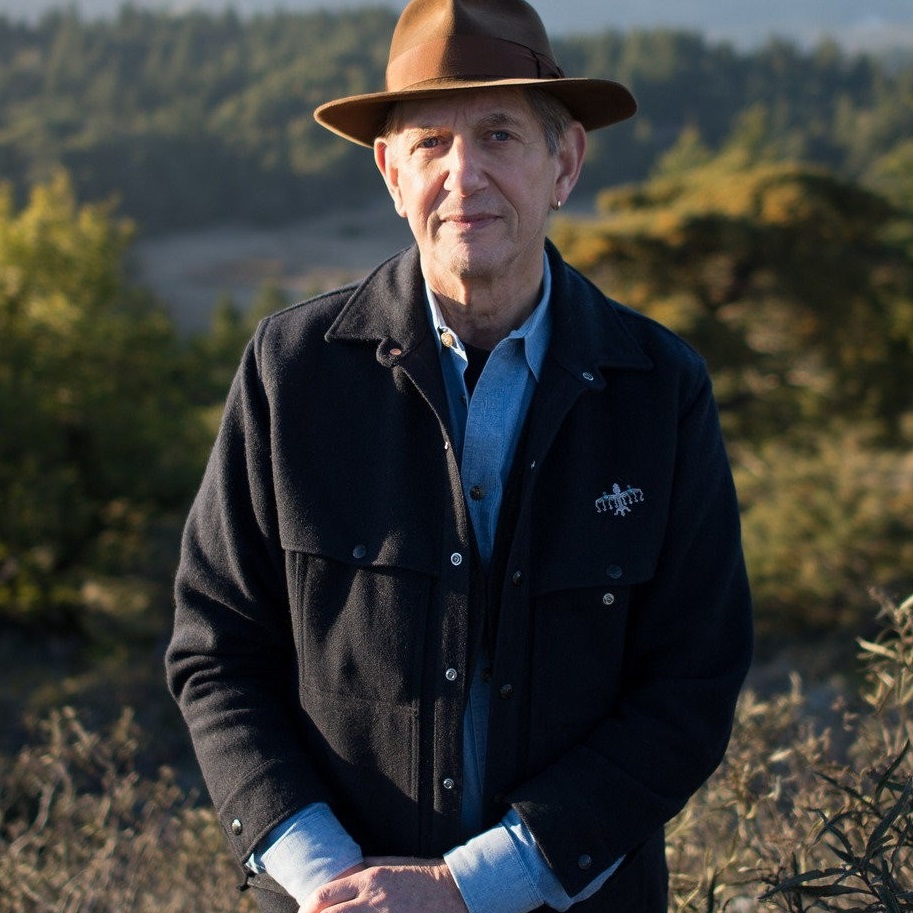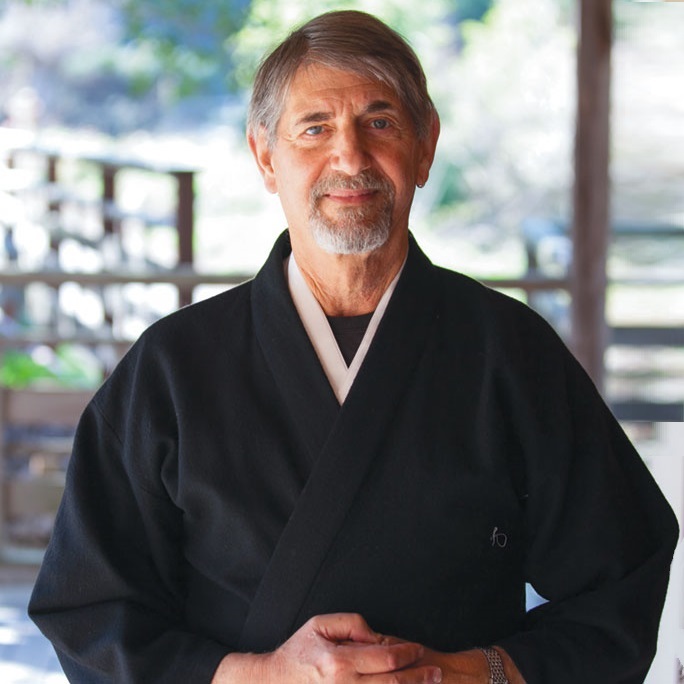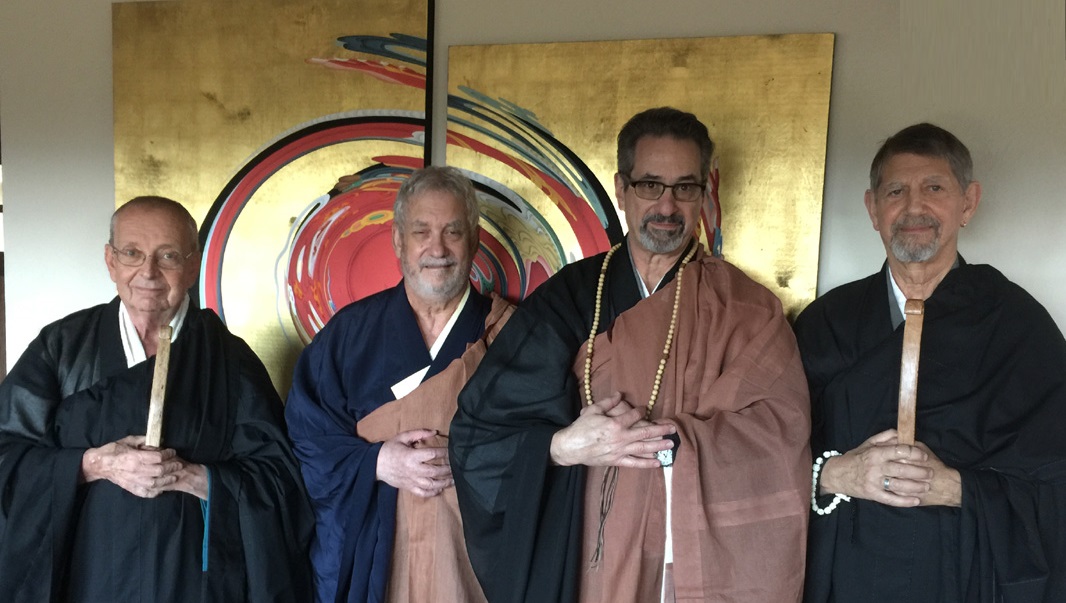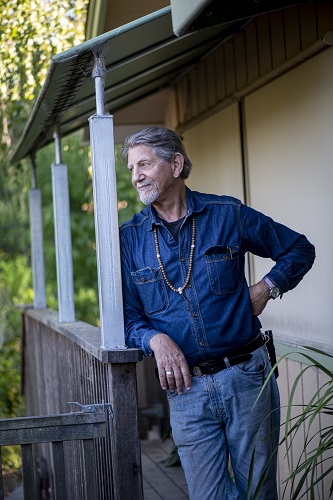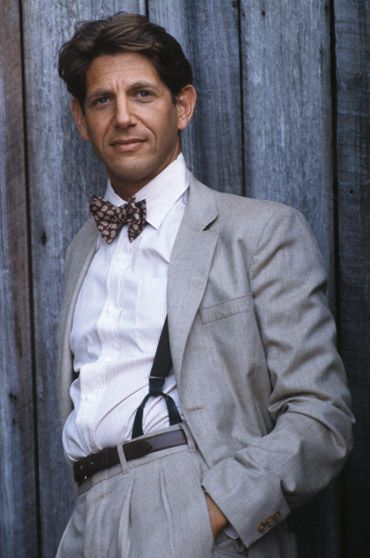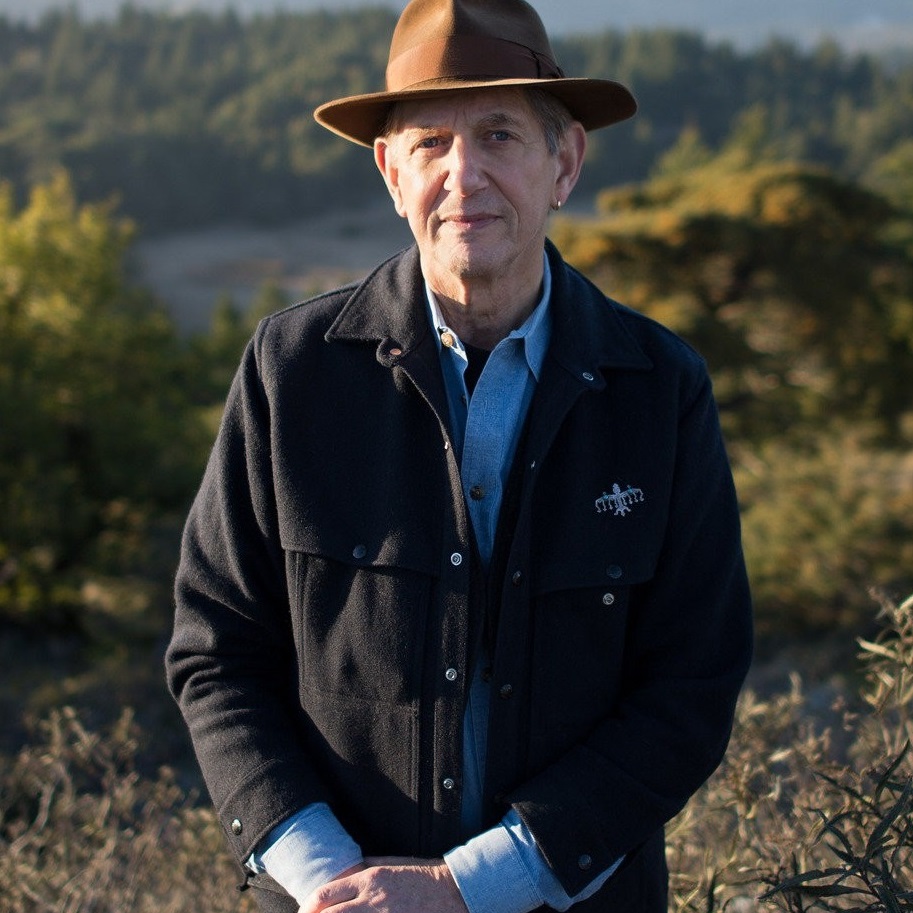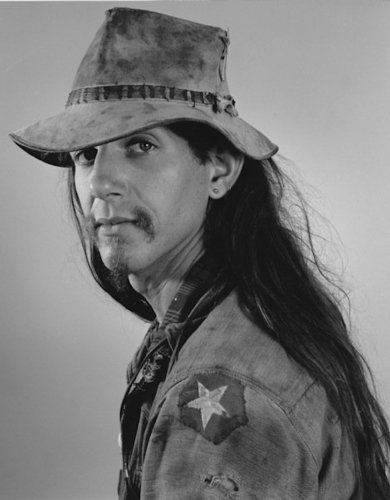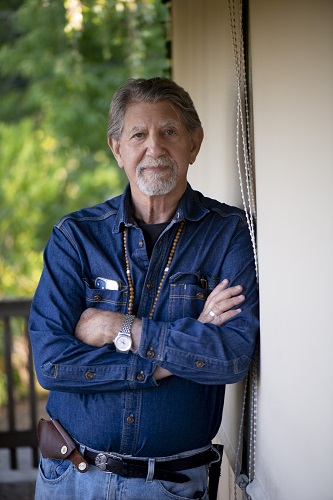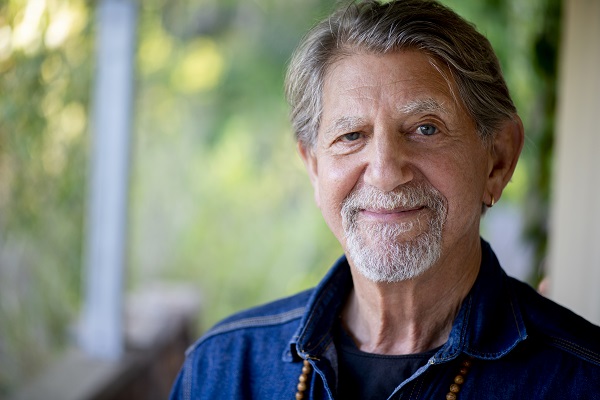

welcome to the official site of
Peter Coyote
An accomplished actor in more than 160 films; an Emmy Award-winning narrator of over 200 documentaries and audiobooks; a distinguished writer who has penned two memoirs – ‘Sleeping Where I Fall’ and ‘The Rainman’s Third Cure;’ a contributor to numerous books and publications; a politically engaged person, championing a multitude of causes; songwriter, guitarist and singer; Buddhist Priest.
An accomplished actor in more than 160 films; an Emmy Award-winning narrator of over 200 documentaries and audiobooks; a distinguished writer who has penned two memoirs – ‘Sleeping Where I Fall’ and ‘The Rainman’s Third Cure;’ a contributor to numerous books and publications; a politically engaged person, championing a multitude of causes; songwriter, guitarist and singer; Buddhist Priest.
Born Robert Peter Cohon in October of 1941 to a highly intellectual, culturally Jewish, secular family involved in liberal politics.
While a student at Grinnell College in 1961, Coyote was one of the organizers of a group of twelve students who traveled to Washington, D.C. during the Cuban Missile Crisis supporting President John F. Kennedy‘s “peace race”. Kennedy invited the group into the White House, the first time protesters had ever been so recognized, and they met for several hours with McGeorge Bundy. The group received wide press coverage. They mimeographed the resulting headlines and sent them to every college in the United States. He was also in a band called the Kittatinny Mountain Boys.
Upon graduation from Grinnell with a BA in English literature in 1964, he moved to the West Coast, despite having been accepted at the Iowa Writers’ Workshop, and commenced working toward a master’s degree in creative writing at San Francisco State University.
While still at Grinnell, Coyote ingested peyote and had a profound experience with something he recognized as an animal spirit. At the next dawn he came to in a cornfield dotted with paw-prints. A few years later, he came across Coyote’s Journal, a poetry magazine, and recognized its logo as the same paw-prints he had seen during his peyote experience. After meeting Rolling Thunder (John Pope), a purported Paiute-Shoshone shaman, who informed him that there were two ways to regard what he had experienced. “You could consider it a hallucination,” he said, “and you’ll just remain a white man and be ok. Or, you could consider that the Universe opened itself to you, and if you consider it deeply enough, you might become a human being.” Peter considered what he had been saying for several months, and then changed his last name to Coyote, as the first step towards understanding its significance. The immediate, unanticipated consequence, was that no one, not even Peter knew who Peter Coyote was, and he was liberated from his personal history. From that point on, he never knew “where the rabbit would break from the brush.”
Born Robert Peter Cohon in 1941 to a highly intellectual, cultural, unreligious family involved in left-wing politics.
While a student at Grinnell College in 1961, Coyote was one of the organizers of a group of twelve students who traveled to Washington, D.C. during the Cuban Missile Crisis supporting President John F. Kennedy‘s “peace race”. Kennedy invited the group into the White House, the first time protesters had ever been so recognized, and they met for several hours with McGeorge Bundy. The group received wide press coverage. They mimeographed the resulting headlines and sent them to every college in the United States. He was also in a band called the Kittatinny Mountain Boys.
Upon graduation from Grinnell with a BA in English literature in 1964, he moved to the West Coast, despite having been accepted at the Iowa Writers’ Workshop, and commenced working toward a master’s degree in creative writing at San Francisco State University.
While still at Grinnell, Coyote ingested peyote and had a profound experience with something he recognized as an animal spirit. At the next dawn he came to in a cornfield dotted with paw-prints. A few years later, he came across Coyote’s Journal, a poetry magazine, and recognized its logo as the same paw-prints he had seen during his peyote experience. After meeting Rolling Thunder (John Pope), a purported Paiute-Shoshone shaman, who informed him that there were two ways to regard what he had experienced. “You could consider it a hallucination,” he said, “and you’ll just remain a white man and be ok. Or, you could consider that the Universe opened itself to you, and if you consider it deeply enough, you might become a human being.” Peter considered what he had been saying for several months, and then changed his last name to Coyote, as the first step towards understanding its significance. The immediate, unanticipated consequence, was that no one, not even Peter knew who Peter Coyote was, and he was liberated from his personal history. From that point on, he never knew “where the rabbit would break from the brush.”
Interview Statements
Peter’s favorite article interviews

